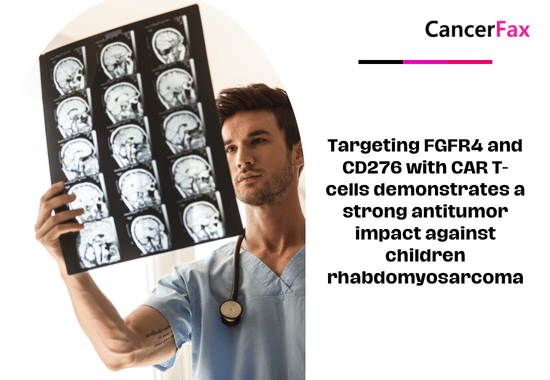August 20, 2021: The FDA has given cemiplimab-rwlc (Libtayo, Regeneron Pharmaceuticals, Inc.) regular approval for patients with locally advanced basal cell carcinoma (laBCC) who have previously been treated with a hedgehog pathway inhibitor (HHI) or for whom an HHI is not appropriate, as well as accelerated approval for patients with metastatic BCC (mBCC) who have previously been treated with an HH.
Patients with advanced BCC (laBCC or mBCC) who had progressed on HHI therapy, had not had an objective response after 9 months on HHI therapy, or were intolerant to prior HHI therapy were investigated in Study 1620 (NCT03132636), an ongoing open-label, multi-center, non-randomized experiment. A multidisciplinary examination determined that laBCC patients were not candidates for curative surgery or curative RT. Cemiplimab-rwlc 350 mg was given to all patients every 3 weeks for up to 93 weeks, or until disease progression, intolerable toxicity, or the end of the treatment regimen.
Confirmed objective response rate (ORR) and duration of response (DOR) were the primary efficacy outcome measures, as determined by an independent central review. Confirmed ORR was determined using RECIST 1.1 for patients with no externally evident target lesions (mBCC). For individuals with externally visible target lesions, a composite response assessment comprising clinical response criteria utilising digital medical photography and RECIST 1.1 was used (laBCC and mBCC).
The confirmed ORR was 29% (95 percent CI: 19, 40) among 84 patients with laBCC, with a median DOR of not attained (range: 2.1 to 21.4+ months) and 79 percent of responders continuing their response for at least 6 months. The verified ORR was 21% (95 percent CI: 8, 41) among 28 patients with mBCC, with a median DOR of not attained (range: 9 to 23.0+ months) and all responders maintained their responses for at least 6 months.
Immune-mediated adverse reactions (e.g., pneumonitis, hepatitis, colitis, adrenal insufficiency, hypo- and hyperthyroidism, diabetes mellitus, and nephritis) and infusion reactions are examples of severe adverse reactions. Fatigue, musculoskeletal pain, diarrhoea, rash, and pruritis were the most prevalent side effects (incidence 20%).
Cemiplimab-rwlc is given as a 350 mg intravenous infusion over 30 minutes every three weeks until disease progression or intolerable toxicity occurs.
Reference : https://www.fda.gov/
Check details here.

